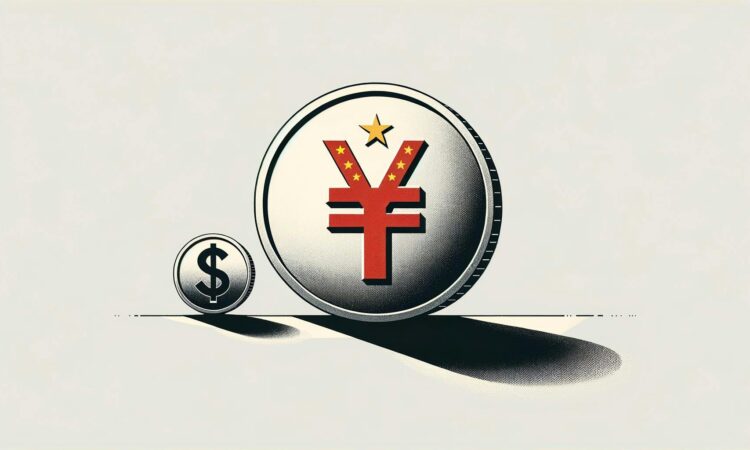
What’s going on here?
The Chinese yuan is holding firm against the US dollar, even as China cuts its loan prime rates by 25 basis points, with attention on US election outcomes.
What does this mean?
China’s rate cuts were expected, yet the yuan’s steadiness hints at confidence in its economy. Meanwhile, the dollar stays stable at an index around 103.4, as focus shifts to US election uncertainties. Southeast Asian currencies are outperforming their Northeast counterparts, leading market watchers to anticipate limited immediate strength for the yuan amid potential US political volatility. The People’s Bank of China’s midpoint setting shows a slightly weaker yuan, reflecting cautious market sentiment despite positive economic data.
Why should I care?
For markets: Currencies in a cautious dance.
Southeast Asian currencies are gaining against their Northeast Asian peers, partly due to China’s economic stimulus falling short and shifting investment flows. Analysts foresee market consolidation soon, particularly affecting the dollar-yuan pair as global investors prepare for US election results.
The bigger picture: A balancing act in global finance.
This month, the yuan has slipped 1.2% against the dollar, retracing late September gains. Despite positive GDP figures, markets seek more policy clarity from China’s National People’s Congress. This underscores the complex interplay of economic policy and geopolitical events, impacting currency movements and investor strategies worldwide.
